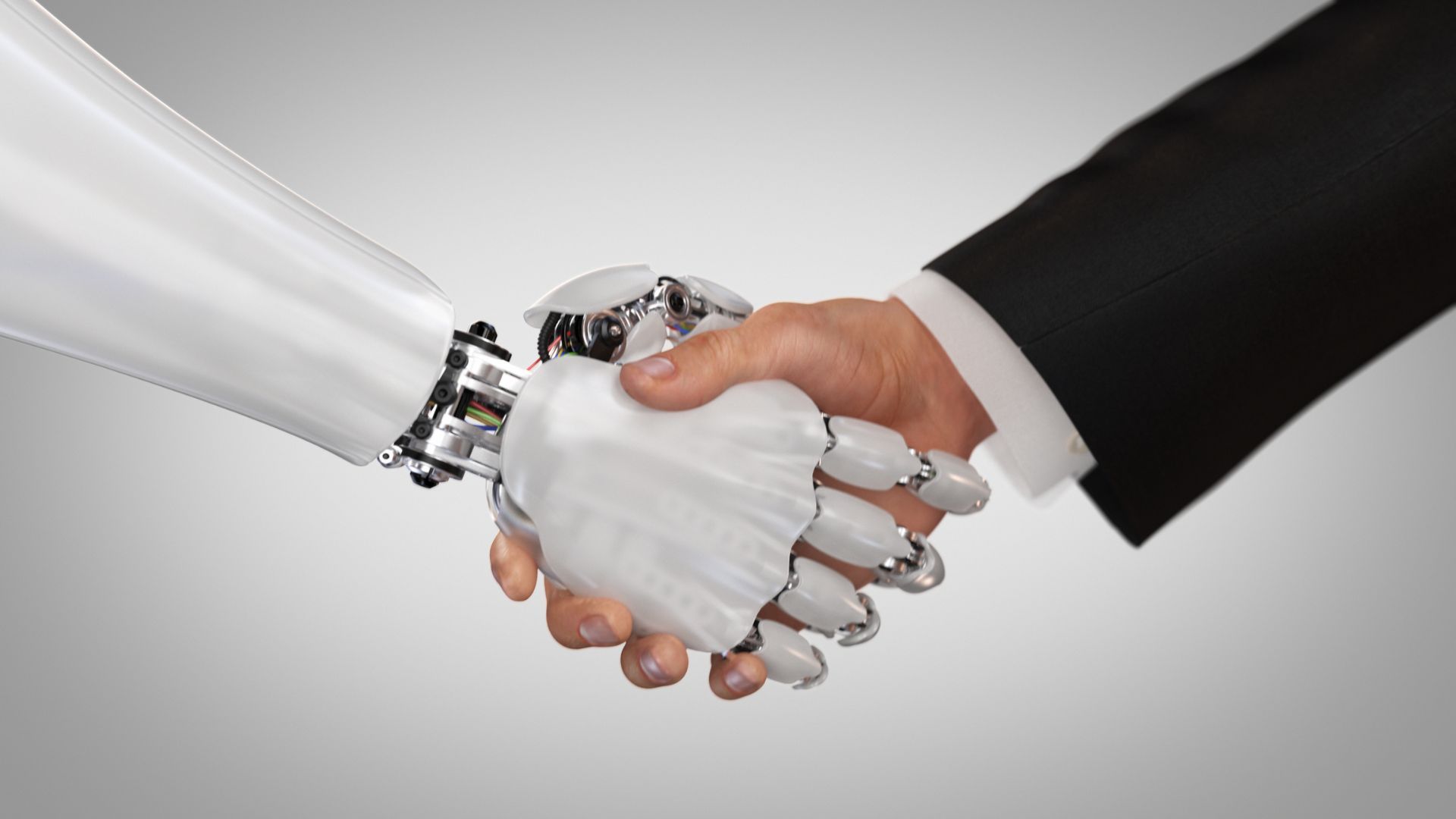Win the War on Talent
Hayley Coghill • November 4, 2021

How to attract top talent in this market of unprecedented skill shortages?
The tables have certainly turned in the recruitment space recently due to the severe shortage of skilled job seekers in the current market. Top talent is being offered up to three roles per week, and that is being conservative! So, the question is, what is your business doing differently to give you the best chance of getting the answer you want to hear, "YES I would love to accept your role?"
There are a number of factors that contribute to attracting the best talent, some are driven by the business and may be out of the Line Managers’ control and then there are factors directly influenced by Line Managers.
No one wants to waste time interviewing and managing a recruitment process only to have to start from the beginning again when the preferred applicant accepts another job offer. Who has time for that? Let's face it, you might feel a little dejected as well!
A speedy, streamlined approach is also essential in this crazy environment, you need to interview your top talent in short succession and make a decision very quickly. Active top talent are interviewing for several roles, within a matter of days.
What can employers do to ensure that they are attracting the best talent for their businesses in this market? Here are the top 5 most important factors.
1. Competitive Compensation
Let's face it, the skill shortage is forcing salary increases across the market! If a job applicant has three job offers to consider, salary is going to play a factor in their decision. You can't attract top talent if you are not paying the market rate. Talent is literally sitting back and letting the roles come to them, they don't even need to apply for roles at the moment. Recruiters are contacting job applicants constantly, tempting them, asking questions. Attractive compensation can also be performance-based bonuses, employee benefits programs, additional leave, study support, gym memberships, health and wellbeing programs. We are seeing employers of choice offering a wide range of employee benefits and HR are really becoming creative with some of these programs.
2. Workplace flexibility
Workplace flexibility includes, starting and finishing times, hours per day and potential to work from home (either as a regular day/s or on the occasions it’s required). Since Covid lockdowns, most businesses have accepted working from home (where practical). This is now much more commonly accepted in Melbourne and Sydney. However, due to their recent lock down experiences, the majority of people are looking forward to returning to the office. In Brisbane however, we are finding that a high percentage of job seeker are only willing to consider jobs where the employer is offering some proportion of the week working from home. Start and finish time flexibility makes a significant difference to working parents and most of the time has little effect on the business, so for most businesses is a ‘no brainer’. If mum or dad can drop the kids off to school or avoid traffic delays in the morning or afternoon, it benefits both the employee and the employer. These little advantages/benefits can make a huge difference to an individual's day, mental health and/or productivity and can save considerable money on childcare.
3. Accurate and up to date Position Description
I can't tell you how many times I have asked job seekers why they are looking to move jobs, after they have only recently commenced in a position, and they say that the job is not what was 'sold' to them, or the role is not as the Position Description described. The incumbent who is leaving the role, is the best qualified to update the PD or have this person describe their role in depth to the hiring manager. It is vital for the success of the successful applicant, for them to be provided with an accurate, detailed, and informed understanding of the job.
4. Training, Hand Over and On Going Support
Another major driver in job seeker dissatisfaction and being (inadvertently) set up to fail, is a lack of training and/or hand over. Even a highly experienced applicant will require a level of introduction to the business processes and systems. No matter how busy a line manager may be, the value of providing a decent introduction to business processes and having realistic expectations on new arrivals is vital. Part of a successful recruitment process includes planning and communicating to a potential job seeker about the training schedule. Job seekers value support and training when commencing a new role and if you can provide more detailed training than another business, you may just pip the competitor at the post.
5. Career development and mentoring opportunities
Communicate to potential employees the career benefits of joining the business and can you demonstrate examples of other people who have progressed? When a hiring manager can show real examples of when the business has developed someone’s career, it is far more powerful than just saying it. Make sure you discuss what development opportunities there are. What type of mentoring and upskilling are you able to provide? This could make all the difference in a job seeker’s decision making process and we are finding many of these job seekers are seeking more than just another job. They want to know if you will invest in their personal development.
6. Initiatives and benefits
Gone are the days where the ‘fruit bowl’ is classified as an initiative / perks or benefits. Job applicants are looking for what is going to add value to them, their career and their health. We have seen a wide array of benefits been added to help drive attraction and retention of top talent, so don’t be left behind. We have seen an increase in leave days, mental health days / initiatives, rewards and recognition programs, training and so much more. Job seekers are looking at the whole package of what you can offer, to ensure it is the right investment for them. So make it relevant and ensure you deliver on it.
7. Workplace and Team Culture
Everyone is looking for the right cultural fit; but that is different for every individual you meet and it changes over the course of a career. The key factor to take on board here is, you need to know how to articulate and sell your business’ culture. Focus on all of the above and explain how that has helped you to retain your top performers, achieve goals and outcomes and develop careers within the business.
Decisions made by available talent are largely based on these 5 factors and in this new environment of a mix of working from home and in the office, my recent experience is that this talent is less willing to travel than they had been in the past, opting for jobs closer to home.
Identifying what you have to offer is the first step, then you need to document it, share it and deliver on it. Don’t sell the dream and then not follow through; that is how you will lose the talent you have worked so hard to attract, train and develop.
Find the job you love I Find the right talent
Get in touch with people2people
Australia
I
United Kingdom
In business since 2002 in Australia, NZ, and the United Kingdom, people2people is an award-winning recruitment agency with people at our heart. With over 12 offices, we specialise in accounting and finance, business support, education, executive, government, HR, legal, marketing and digital, property, sales, supply chain, and technology sectors. As the proud recipients of the 2024 Outstanding Large Agency and Excellence in Candidate Care Awards, we are dedicated to helping businesses achieve success through a people-first approach.






